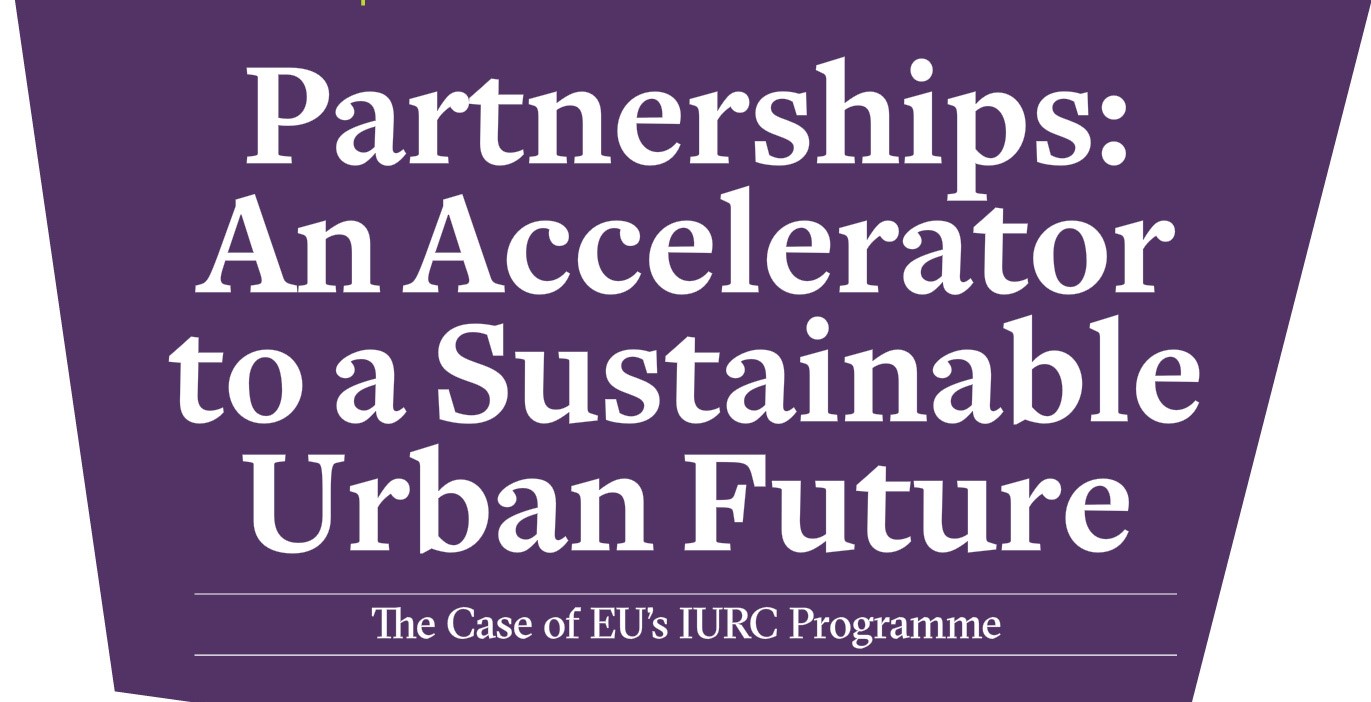Our urban development experts in India, Prachi Merchant, Ansu Susan Alexander, Ashish Verma and Panagiotis Karamanos published an article in the Shashwat journal discussing the significance of the IURC programme’s emphasis on the quadruple helix approach, or the engagement of government, academic, the private sector and civil society, in sustainable urban development.
Meaning “eternal” or “sustainable” in Sankrit, Shashwat is the annual magazine of the GRIHA council. The Green Rating for Integrated Habitat Assessment (GRIHA) promotes and administers the development of sustainable buildings and habitats in India through its green building rating system. In its Annual Summit on 10th December, GRIHA released its 8th edition of ‘Shashwat – Let Nature Be’ with the theme ‘Restoring Green Economy’. Through its annual magazine, GRIHA hopes to initiate dialogue on various themes including ‘Sustainable is Affordable’, ‘Fostering Partnerships for Sustainable Habitats’, ‘Approach to Integrated Sustainability’ and ‘Rejuvenating Resilient Habitats’.
The 2030 Agenda and the Sustainable Development Goals (SDGs) call for a collaborative effort to harness and optimise our finite resources to build self-sustaining and resilient nations. Partnerships serve as a fertile ground for fostering innovation, encouraging sharing of best practices, developing localised shared solutions, facilitating funding, and augmenting respective capacities (United Nations Industrial Development Organization n.d.)
The Urban Agenda for the EU taps at the potential of a quadruple helix model to implement the SDGs and set up the International Urban and Regional Cooperation (IURC) programme to serve as a partnership instrument to overcome common challenges through city-city diplomacy and collaborative regional efforts. The Panaji Smart Parking project as part of the aforementioned programme implemented in India demonstrates a model of partnership between Indian and European cities for projects of local importance by applying international expertise beneficial for the city’s overall development.
Read the full article here.
